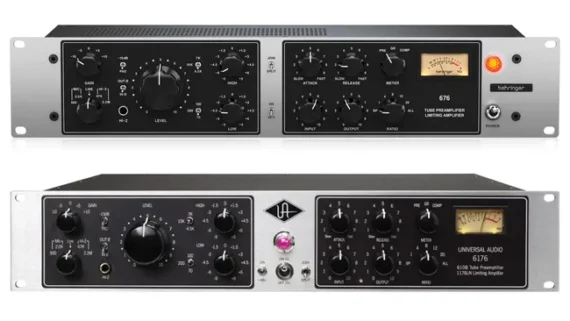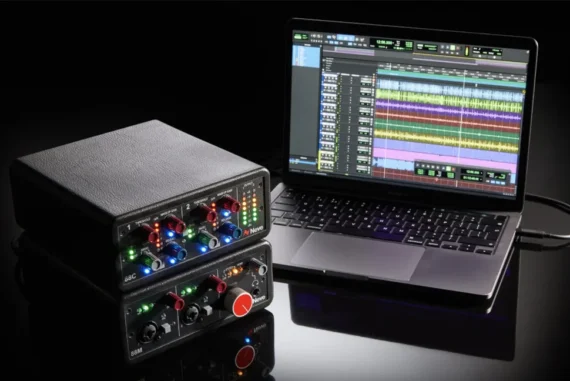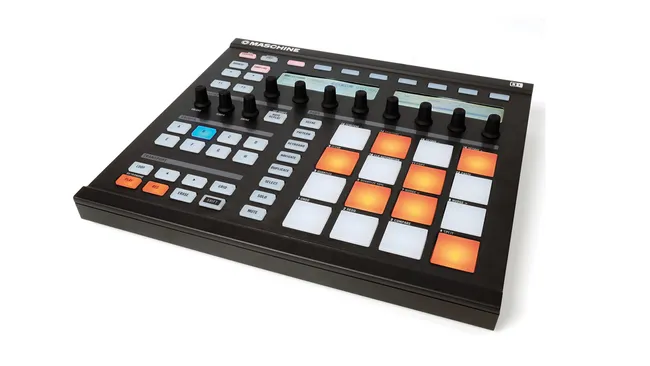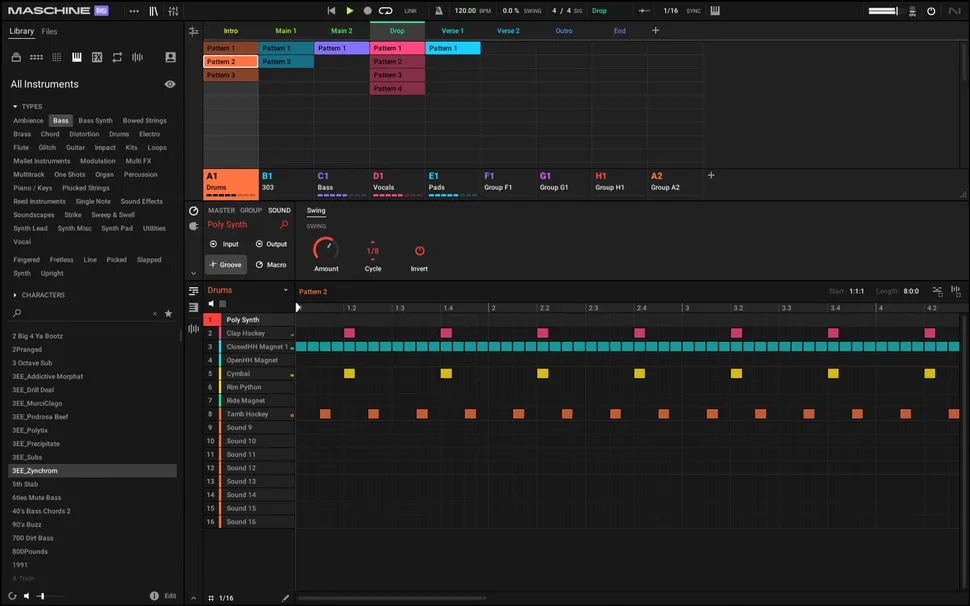Behringer Releases 676 1U Rackmount Tube Preamp & Compressor With Midas Transformers

Today, Behringer has announced the release of the 676, a 1U rackmount tube preamp and compressor that draws a rather hefty dose of “inspiration” from Universal Audio’s 6176 Vintage Channel Strip, a piece of gear released in 2004 that unites recreations of UA’s classic 610 mic preamp and 1176LN compressor in a single unit.
While Behringer has a history of releasing affordable recreations of classic instruments and pieces of gear, the majority of these are clones of products that are no longer on sale. That’s not the case with the 676, which is based on a Universal Audio product that – though it was released two decades ago, and is itself based on vintage designs – is still available today.
Behringer’s 676 looks like it could offer budget-conscious producers an accessible route to achieving the kind of warmth, character and dynamic control that made the 6176 such a popular choice for professional engineers – if it genuinely delivers the “vintage vibes” that the company is promising. At $469, it’s almost 90% cheaper than the 6176, which retails for around $3500.
The 676’s mic/line preamp delivers up to 64dB of gain and is equipped with “premium” 12AX7/ECC83S and 12AT7/6072 vacuum tubes that Behringer claims will add “rich, harmonic warmth” to any signal. Controls for input gain, output level, impedance and polarity are joined by high- and low-frequency shelves with switchable filters, and a Split/Join switch can be used to send the preamp output into the compressor.
The 676’s FET compressor promises to offer everything from “slow and smooth levelling” to “fast and aggressive” dynamic control. Controls for attack (20 to 800µs) release (50 to 1100ms) and ratio (1:1 to 100:1) can be found on the front panel, along with input and output gain. A vintage-style VU meter can be used to monitor the preamp stage, gain reduction and compressor output.
Both preamp and compressor run through custom-built transformers designed by British audio brand Midas, also owned by Music Tribe. As for I/O, the 676’s preamp has XLR mic and line inputs on the back and a 1/4″ Hi-Z input on the front panel, while the compressor has a single XLR line input; both have a single balanced XLR output.
Behringer’s business strategy is a contentious one, but the company’s mission to “democratize” music tech by releasing inexpensive clones of iconic instruments and gear that many of us can’t afford has earned them a devoted and rapidly expanding fanbase.
Behringer 676 MSRP is $469, but it’s priced at $619 in the US. Estimated available in August 2025. Find out more on Behringer website.




